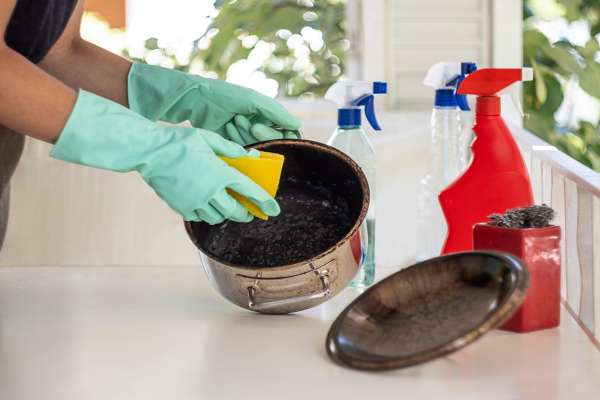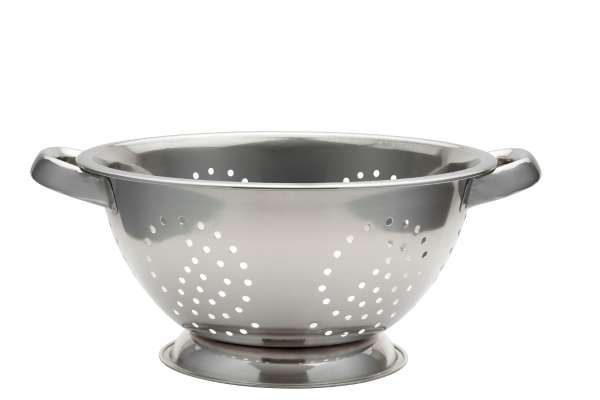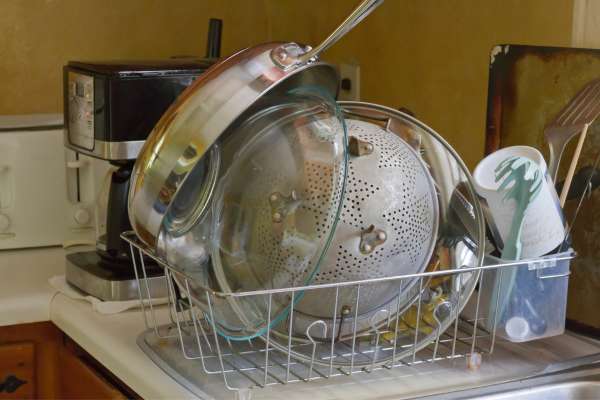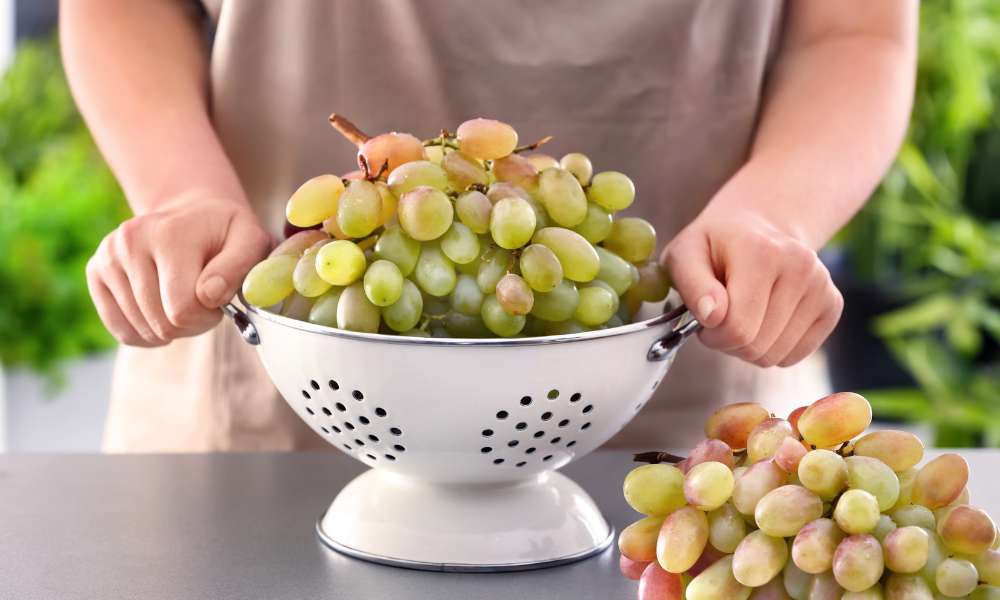Cleaning colanders is an essential task for maintaining kitchen hygiene and ensuring the safety of your food. Properly cleaning your colanders after each use helps to remove leftover food particles and prevent the growth of bacteria. In this guide, we’ll explore effective methods and tips for cleaning colanders to keep them in pristine condition and ready for your next culinary adventure. Whether you’re rinsing off pasta or straining fruits and vegetables, following these steps will ensure your colanders stays clean and sanitary.
Can I Use Bleach To Clean My Colander?
When it comes to cleaning colanders, many people wonder if bleach is a suitable option. While bleach can effectively sanitize surfaces, it’s not recommended for cleaning colanders that come into contact with food. Bleach can leave behind harmful residues and may not be entirely rinsed off, potentially contaminating your food. Instead, opt for gentle dish soap and hot water to clean your colanders thoroughly.
What Should I Do If My Colander Develops Rust?
For minor rust spots, try scrubbing them with a mixture of baking soda and water to remove the stains. Rinse the colander thoroughly afterward and ensure it’s completely dry to prevent further rusting. However, if the rust is extensive or the colander is heavily damaged, it might be best to replace it altogether to avoid potential health risks. When choosing a new colander, consider materials like stainless steel, which are less prone to rusting. To prevent future rusting, always dry the colander thoroughly after each use and store it in a dry area away from moisture. These simple steps can help prolong the lifespan of your colander and keep it rust-free for longer, ensuring safe and efficient food preparation.
Importance Of Cleaning Colanders

The importance of cleaning colanders cannot be overstated. Colanders are used to drain and strain various foods, including fruits, vegetables, pasta, and more. Without regular cleaning, leftover food particles can accumulate in the small holes of the filter, leading to bacterial growth and potential contamination of your food. Proper cleaning and sanitizing of colanders help to ensure food safety and maintain good kitchen hygiene. By following these guidelines, you can keep your Colanders Used For clean, rust-free, and ready for use whenever you need it.
Materials Needed For Cleaning
Before Beginning The Cleaning Process, Gather The Following Materials:
- Dish Soap
- Warm Water
- Sponge Or Soft Brush
- Baking Soda
- White Vinegar
- Microfiber Cloth Or Towel
Step-By-Step Cleaning Process
1. Preparing the Colander

Start by removing any leftover food particles or debris from the colander. You can do this by rinsing it under running water and using a soft-bristled brush or sponge to scrub away any stubborn residue. Make sure to check both the inside and outside of the filter for any remaining food particles.
2. Cleaning with Soap and Water

Once the colander is free of food debris, fill a sink or basin with warm water and add a small amount of gentle dish soap. Place the filter in the soapy water and use a sponge or cloth to scrub both the inside and outside of the filter thoroughly. Pay special attention to the areas with tight mesh or small holes, as these can trap food particles. After scrubbing, rinse the colander under running water to remove any soap residue.
3. Removing Stubborn Stains

Removing Stubborn Stains: If your colander has stubborn stains that won’t come off with soap and water alone, there are a few additional methods you can try. One option is to create a paste using baking soda and water and apply it to the stained areas. Let the paste sit for a few minutes, then scrub the stains with a soft-bristled brush or sponge. Another option is to soak the stained areas in a mixture of vinegar and water for about 15-20 minutes before scrubbing. These methods can help lift and remove stubborn stains, leaving your colander looking clean and fresh.
4. Drying The Colander

Drying the Colander: After cleaning and rinsing your filter, it’s important to thoroughly dry it to prevent rust and bacterial growth. You can air dry the colander by placing it upside down on a drying rack or towel. Make sure to shake off any excess water and use a clean cloth to dry any remaining moisture. Alternatively, you can dry the filter with a clean towel or paper towel, making sure to reach all the nooks and crannies. Once dry, store the filter in a clean, dry place until you’re ready to use it again. Proper drying is essential for maintaining the integrity of your colander and prolonging its lifespan.
Alternative Cleaning Methods
It you’re looking for alternative cleaning methods for your colander, consider using natural cleaning agents like lemon juice or white vinegar. These acidic substances can help break down grease and grime without leaving behind any harmful residues. Simply soak the colander in a mixture of lemon juice or vinegar and water for about 15-20 minutes before scrubbing it with a brush or sponge. Additionally, you can use a mixture of salt and lemon juice to create a paste and scrub away tough stains.
Tips for Maintaining a Clean Colander
To maintain a clean colander and prolong its lifespan, consider the following tips:
- Clean your colanders after each use to prevent food particles from accumulating.
- Use a soft-bristled brush or sponge to scrub both the inside and outside of the colander.
- Avoid using abrasive cleaners or scouring pads, as they can scratch the surface of the filter.
- Dry your colander thoroughly after cleaning to prevent rust and bacterial growth.
- Store your filter in a clean, dry place away from moisture and humidity.
Conclusion
Cleaning your colander is an important step in maintaining kitchen hygiene and ensuring the safety of your food. By following the step-by-step cleaning process and using alternative cleaning methods when needed, you can keep your filter clean and free of harmful bacteria. Additionally, by following the tips for maintaining a clean filter, you can prolong its lifespan and continue to use it for all your cooking needs. With proper care and attention, your colander will remain a reliable kitchen tool for years to come.
